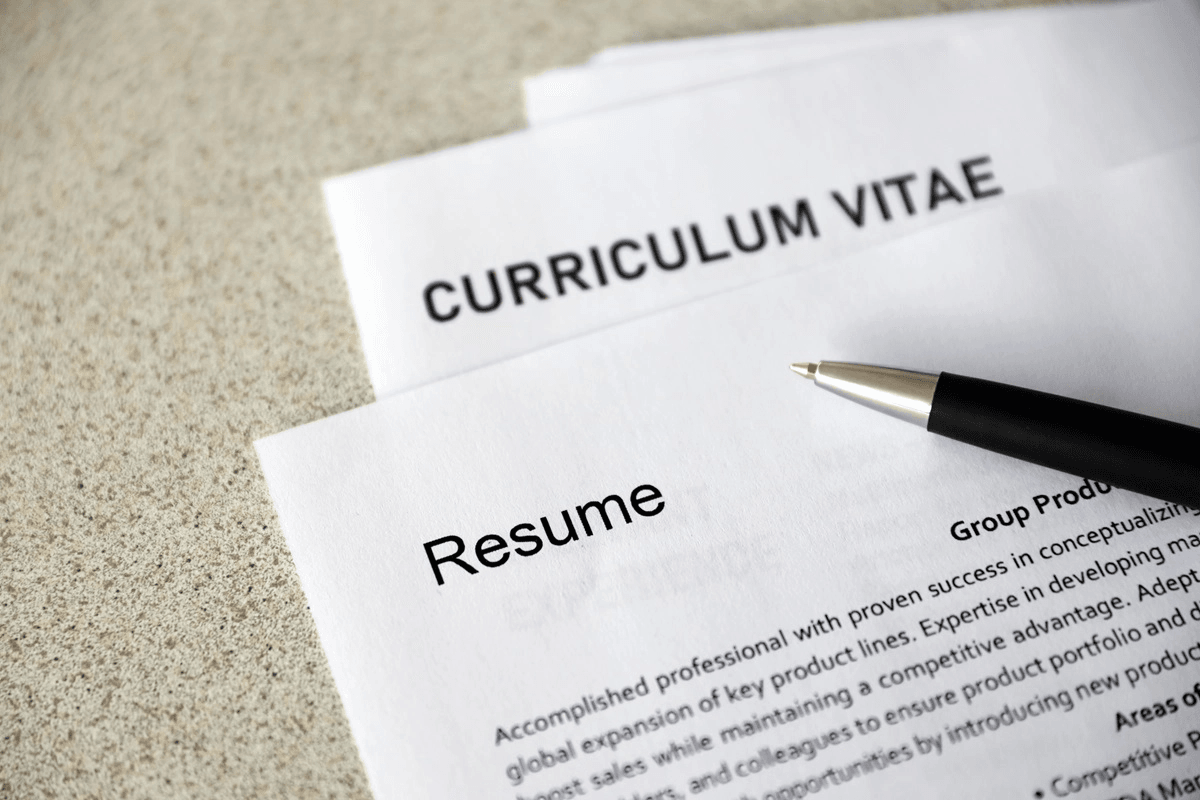
Crafting an effective CV or resume is a crucial step in presenting one’s professional narrative to potential employers. While both documents share commonalities in terms of structure and content, their purposes require distinct approaches. Here are some practical tips on how to write a compelling CV and a targeted resume so you can best showcase your qualifications with impact:
How to Write a Curriculum Vitae (CV)
1. Begin your CV with essential personal information, including your full name, contact details, and a professional summary highlighting your career objectives and key qualifications.
2. Detail your educational background, including degrees earned, institutions attended, and graduation dates. Include any honors, awards, or relevant coursework.
3. For those in academic or research fields, prominently feature your research endeavors, publications, and conference presentations. Provide a clear breakdown of your contributions to your field.
4. Present a thorough employment history, emphasizing your roles, responsibilities, and accomplishments in each position. Use action verbs to convey your contributions effectively.
5. If applicable, showcase memberships in professional organizations and relevant certifications. This adds credibility and demonstrates ongoing professional development.
6. Customize your CV for each application, aligning it with the specific requirements of the job. Make sure to prioritize information that showcases your suitability for the position.
7. Structure your CV in a clear, organized manner. Use headings and subheadings to make sections distinct, making it easy for the reader to navigate your comprehensive document.
How to Write a Resume
1. Start your resume with a concise professional summary that encapsulates your career goals, key skills, and what makes you a standout candidate.
2. Tailor your work experience section to the specific job you’re applying for by highlighting achievements, responsibilities, and skills directly relevant to the role.
3. Create a dedicated section to showcase your key skills using bullet points to make it easy for recruiters to identify your strengths.
4. Whenever possible, use quantifiable metrics to illustrate your accomplishments, adding substance to your resume and providing tangible evidence of your impact.
5. Customize your resume for each job application by emphasizing the most relevant qualifications.
6. Provide concise details about your educational background and relevant certifications., focusing on degrees and academic credentials that enhance your qualifications for the targeted role.
7. Go for a clean and professional layout by using a legible font, appropriate spacing, and bullet points to enhance readability.
